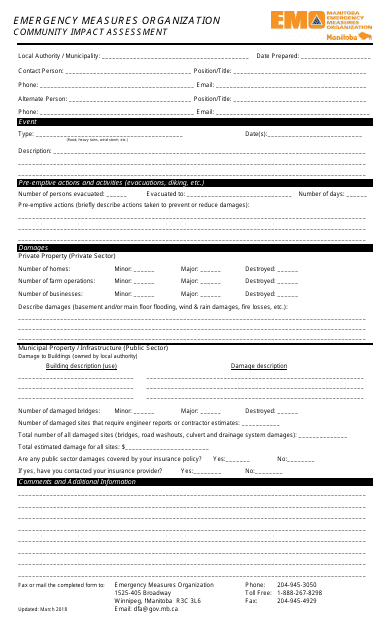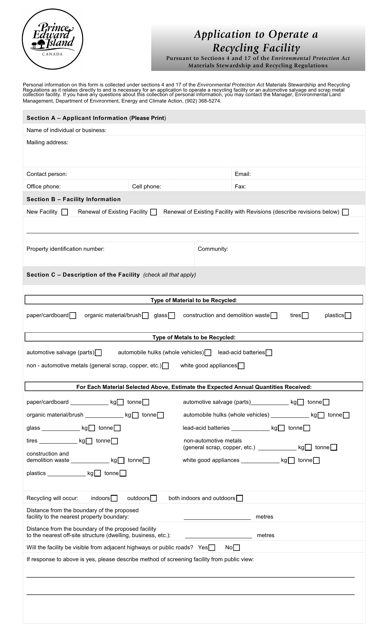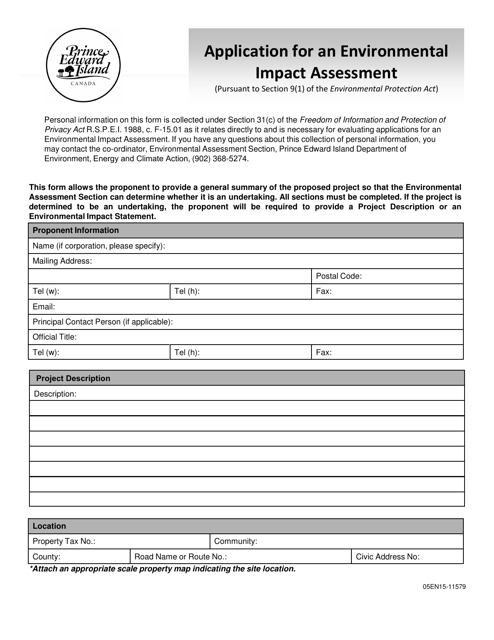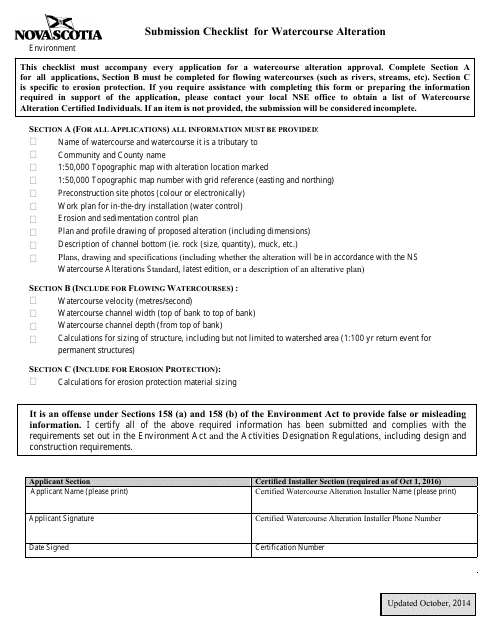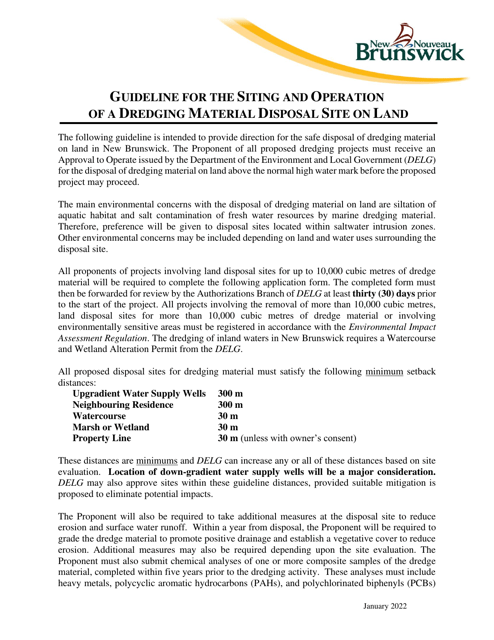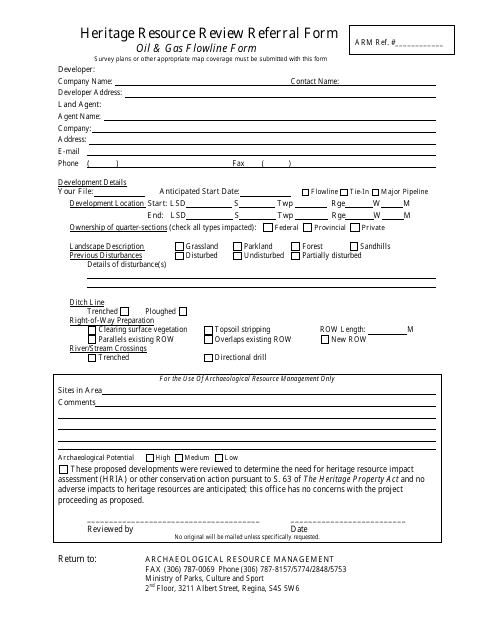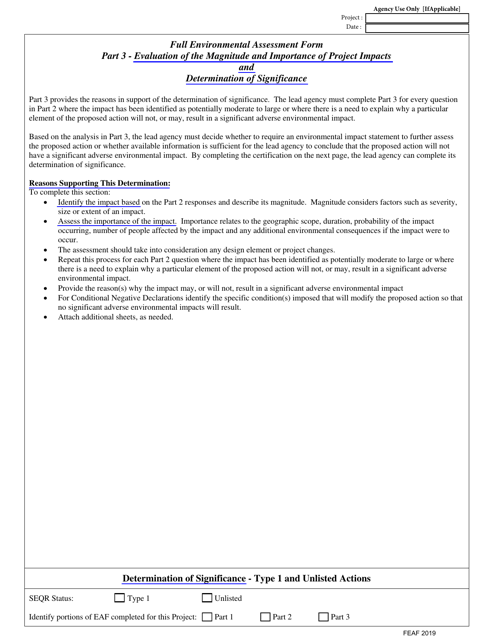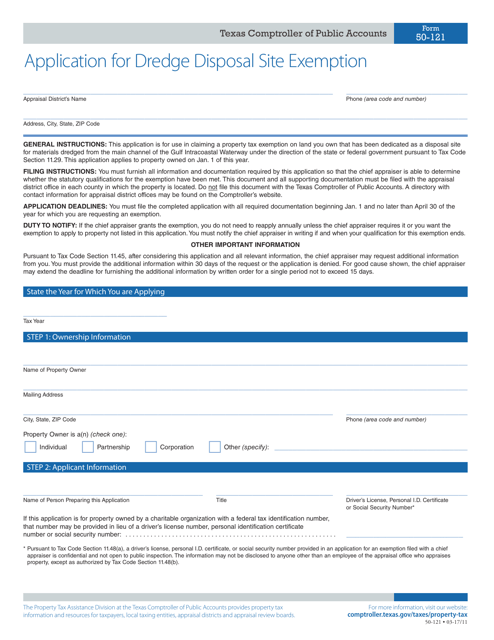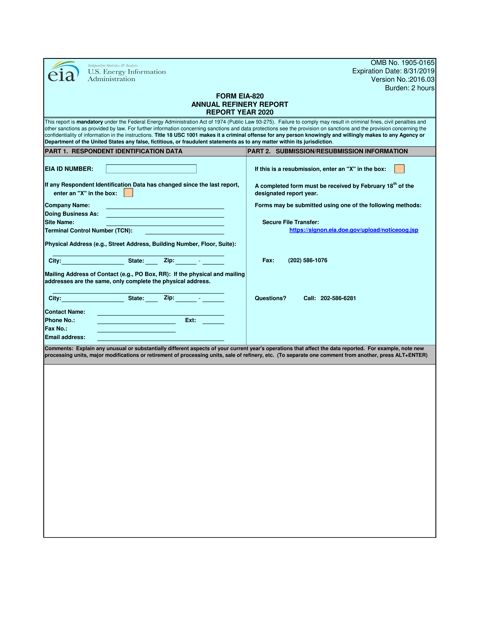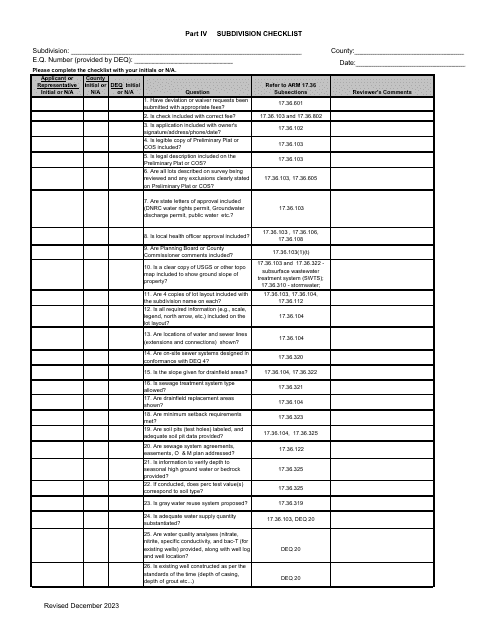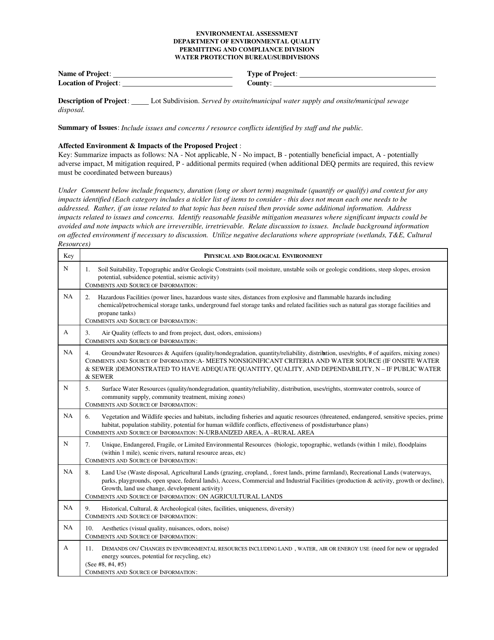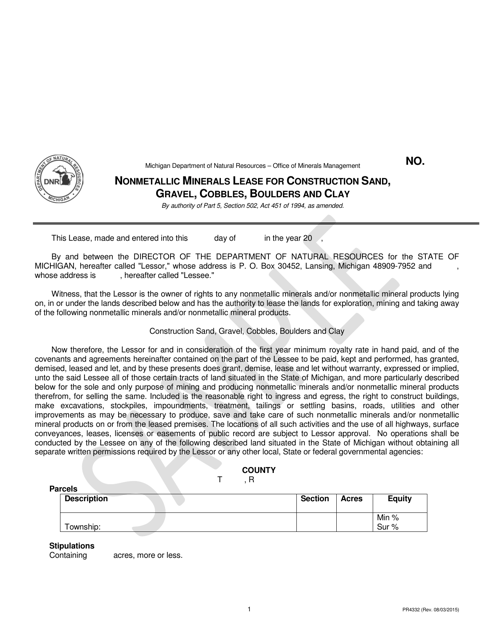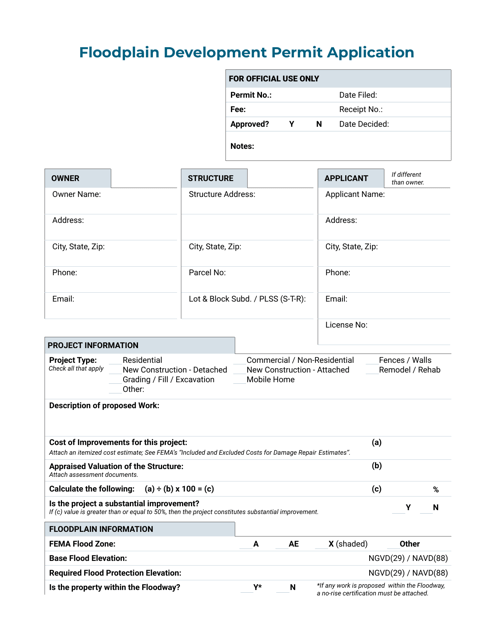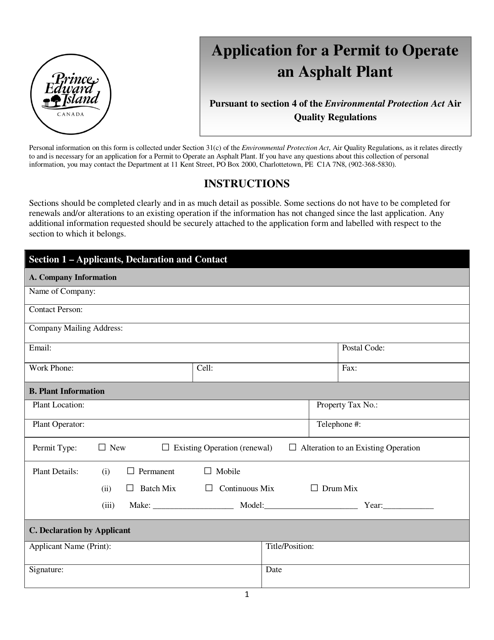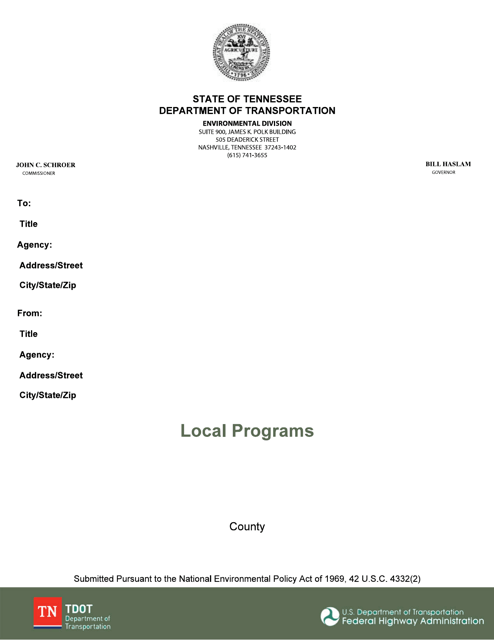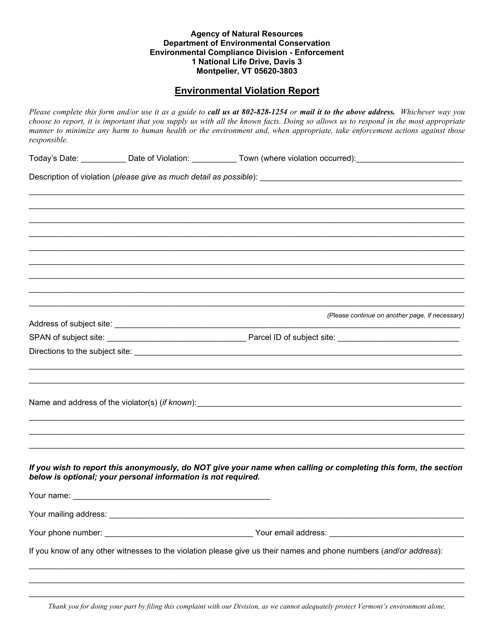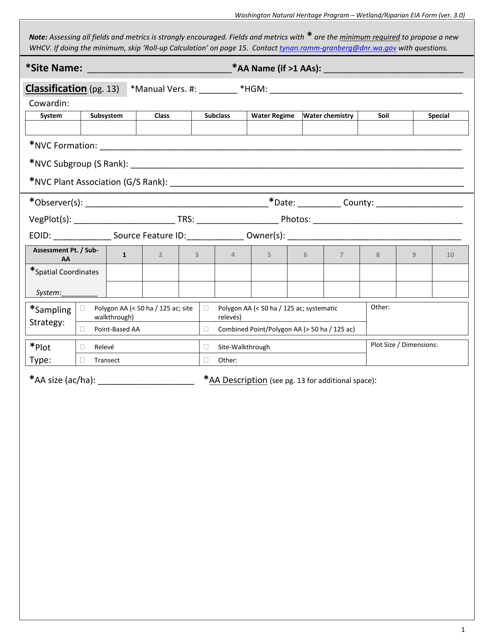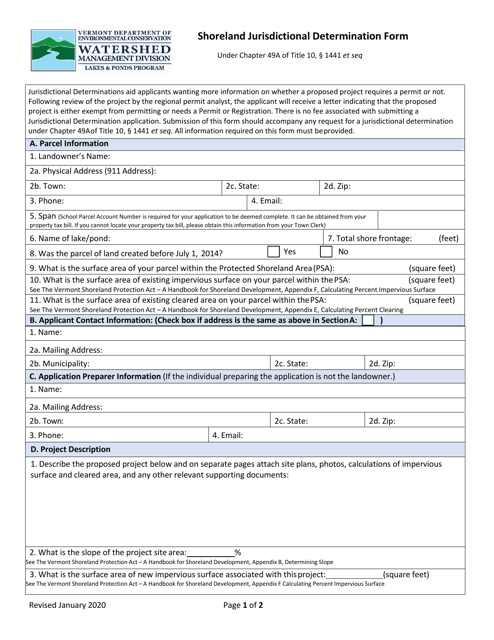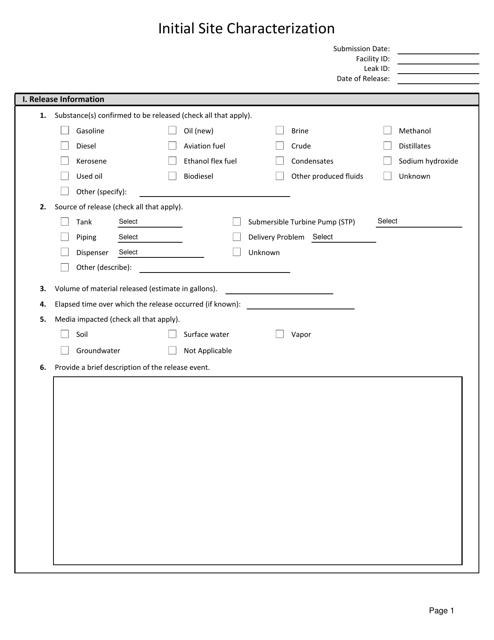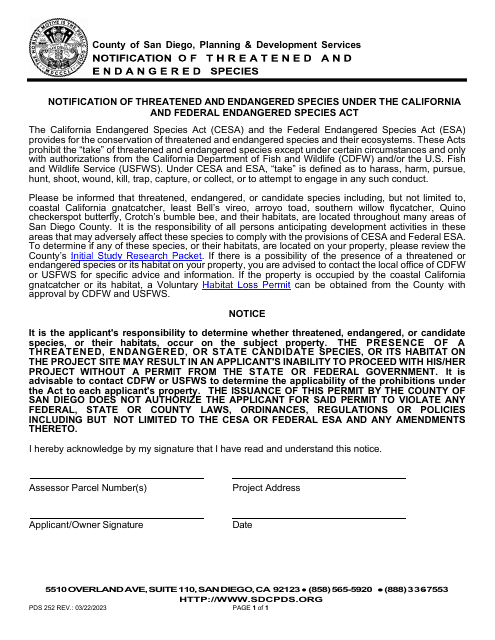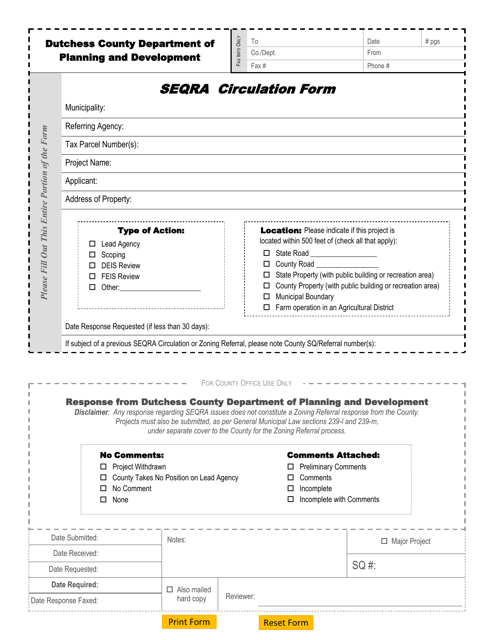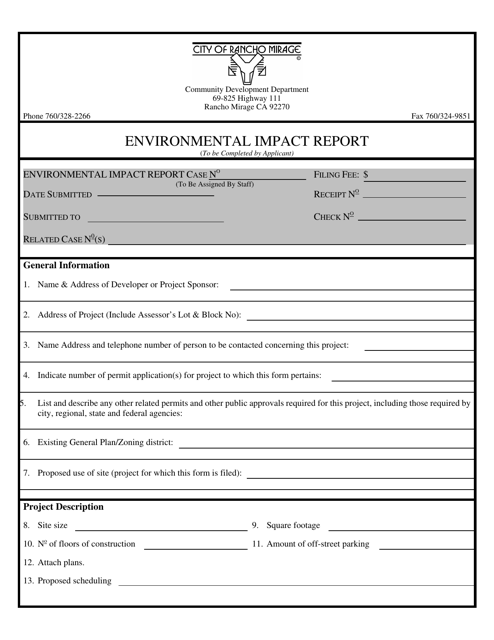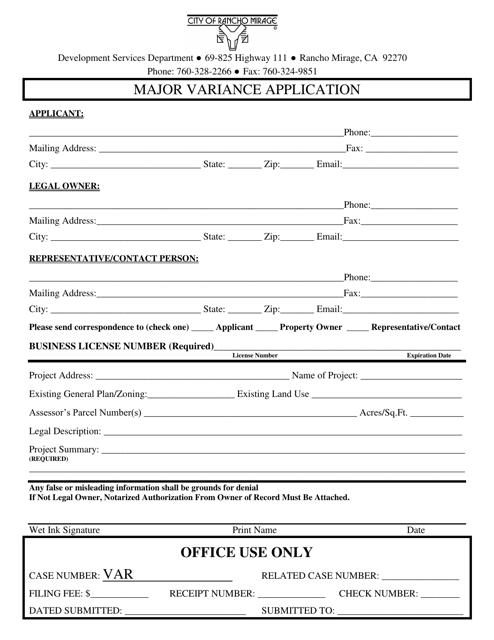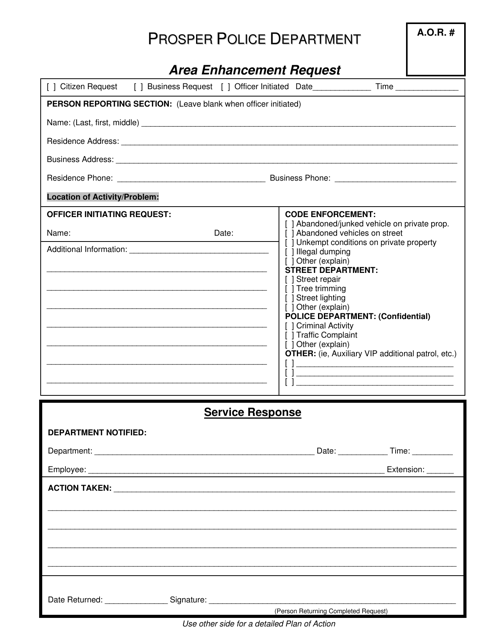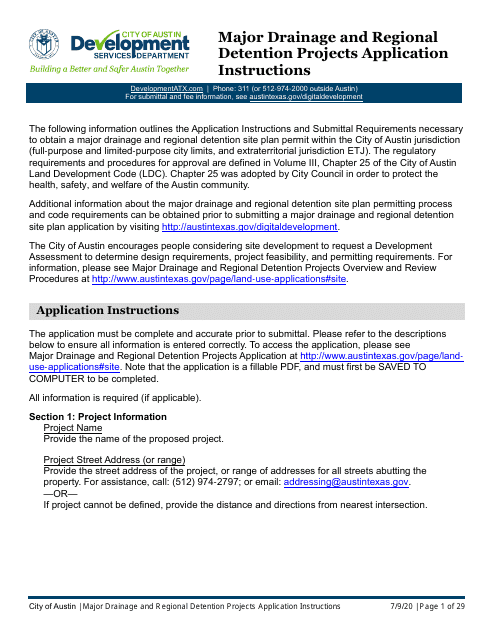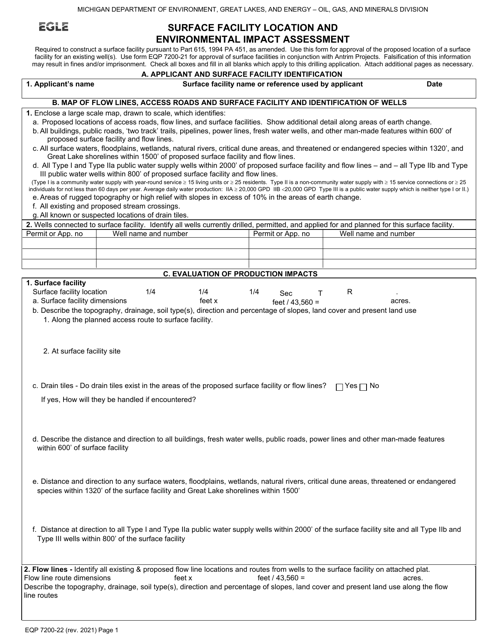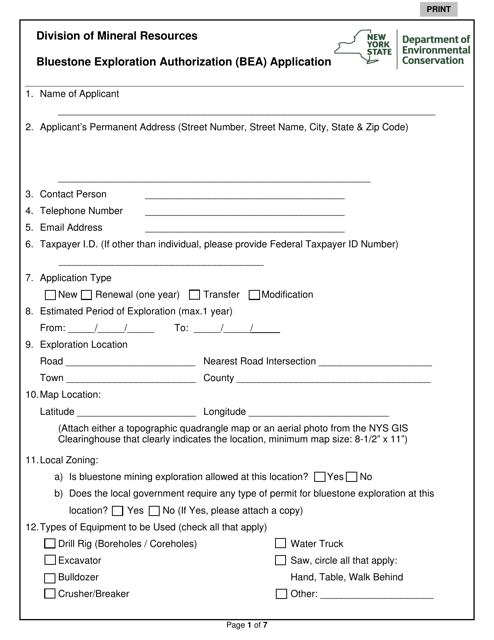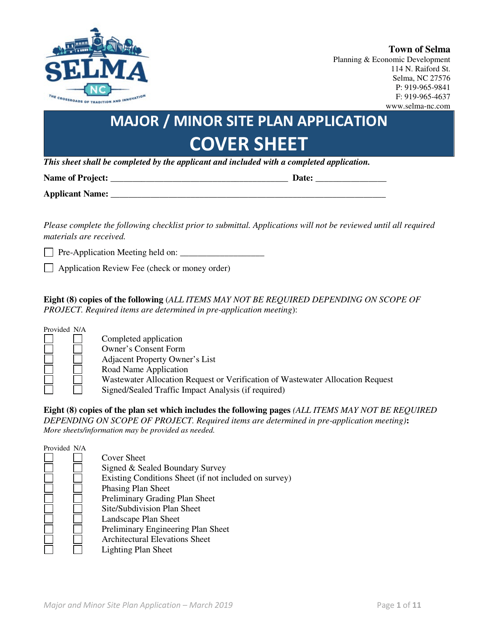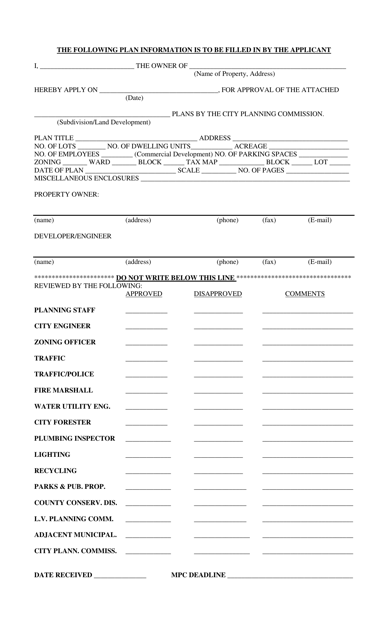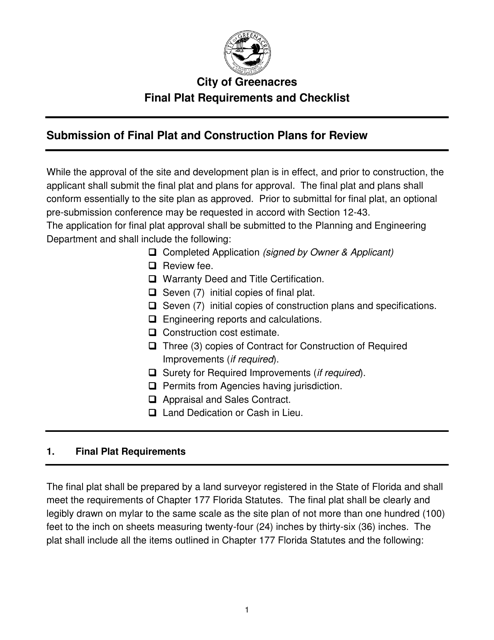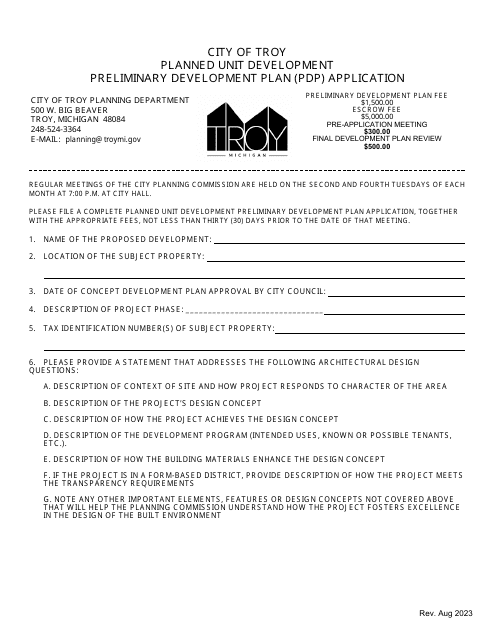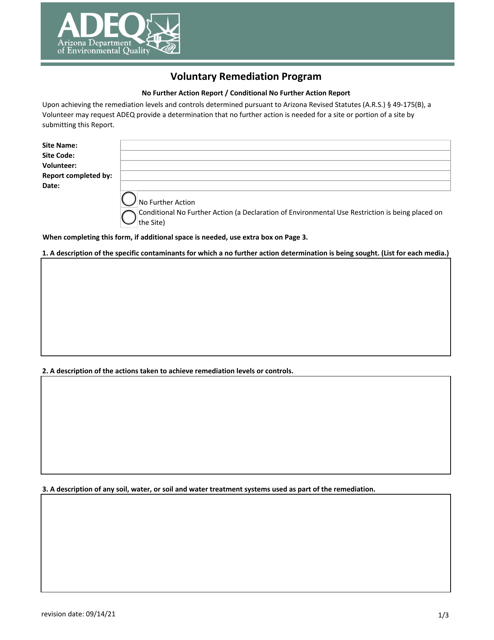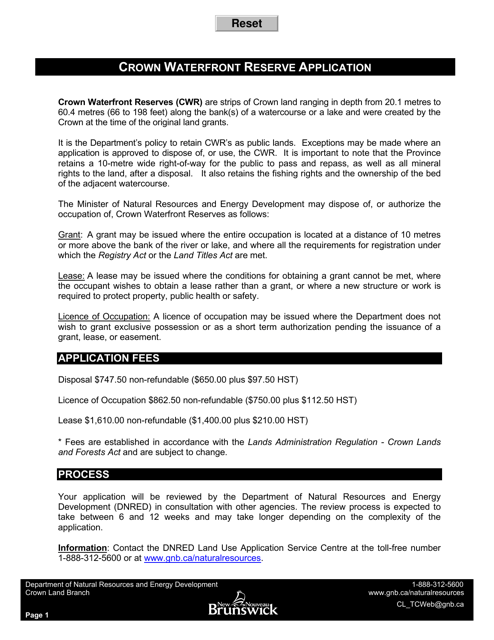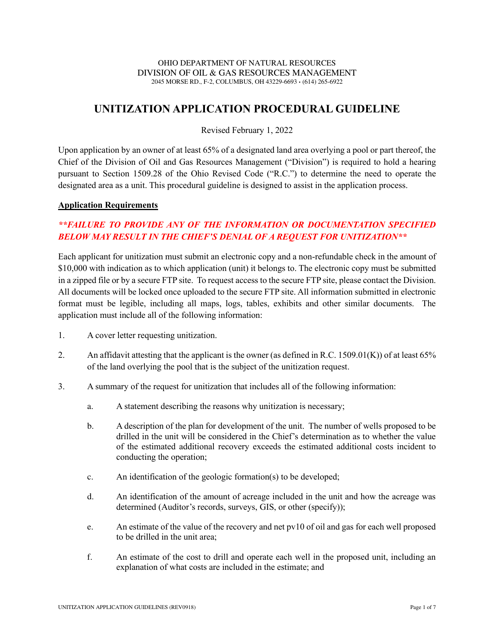Environmental Impact Assessment Templates
Are you looking to understand the potential impacts of a proposed project on the environment? If so, you've come to the right place. Our environmental impact assessment (EIA) services can help you evaluate the effects of various activities on the environment and identify strategies to minimize any negative consequences.
Also known as environmental impacts assessment, our expert team is experienced in conducting comprehensive assessments to ensure that projects are implemented in a sustainable and environmentally responsible manner. We take into account factors such as watercourse alteration, land development, and natural resource management to provide you with a thorough understanding of the potential impacts.
Our EIA reports follow rigorous guidelines and regulations specific to each jurisdiction. For example, in Nova Scotia, Canada, we can provide you with a submission checklist for watercourse alteration, ensuring that you comply with local regulations. In California's City of Rancho Mirage, our environmental impact report will help you navigate the approval process for your project. Similarly, if you're in Michigan's City of Troy, our planned unit development preliminary development plan (PDP) application can guide you through the necessary steps.
We also offer specific forms and surveys to gather essential data for your EIA. For instance, our upland EIA field form, developed by the Washington Natural Heritage Program, is designed to collect information on the ecological resources of an area. Additionally, our DD Form 2994 Environmental Baseline Survey (EBS) report is a valuable tool to establish a baseline for environmental conditions before commencing any project.
At USA, Canada, and other countries Document Knowledge System, we are dedicated to providing you with the highest quality EIA documents and services. Our expertise and attention to detail ensure that you have the information you need to make informed decisions and meet regulatory requirements.
Documents:
52
This document provides a checklist for reviewing Categorical Exclusion Exception Reviews (CEER). It helps ensure that all necessary steps and considerations are addressed in the review process.
This type of document is used for assessing the impact of emergencies on the community in Manitoba, Canada. It helps the Emergency Measures Organization to evaluate the effects and make informed decisions for response and recovery efforts.
This document provides a checklist for individuals in Nova Scotia, Canada who are planning to alter a watercourse. It outlines the necessary steps and requirements to ensure compliance with regulations.
This document is used for submitting a referral form for reviewing heritage resources in Saskatchewan, Canada related to oil and gas flowline activities.
This Form is used for evaluating the magnitude and importance of project impacts and determining their significance in a Full Environmental Assessment in New York.
This form is used for reporting information about solid waste incinerators in Texas. It is specifically for Table 5 of Form TCEQ-10161.
This form is used for applying for an exemption for a dredge disposal site in the state of Texas.
This document is used for conducting an environmental assessment in the state of Montana. It evaluates the potential environmental impacts of a proposed project or development and suggests mitigation measures to minimize harm to the environment.
This form is used for leasing nonmetallic minerals like construction sand, gravel, cobbles, boulders, and clay in Michigan.
This document is for applying for a permit to develop in a floodplain in Nebraska.
This document template is used for local environmental programs in the state of Tennessee. It provides a standardized format for reporting and documenting environmental initiatives and activities at the local level.
This document is a request for a cultural resources assessment in the state of Mississippi. It is used to evaluate the potential impact of development or construction projects on historical or archaeological sites.
This form is used for reporting environmental violations in the state of Vermont.
This form is used for assessing the environmental impact of wetland and riparian areas in the state of Washington. It is managed by the Washington Natural Heritage Program.
This Form is used for determining jurisdictional boundaries for shoreland areas in Vermont. It helps identify if a property falls under the regulatory authority of Vermont's Shoreland Protection Act.
This document contains information about the closure report for an underground storage tank in West Virginia. It includes details about the tank and its closure process.
This document provides initial site characterization information for locations in West Virginia. It includes details about the site's characteristics, such as geological and environmental factors, to aid in assessments and decision-making processes.
This document is used for requesting circulation approval for projects in Dutchess County, New York through the State Environmental Quality Review Act (SEQRA).
This document describes the environmental impact of a proposed project in the City of Rancho Mirage, California. It assesses the potential effects on the surrounding environment, including air and water quality, wildlife habitats, and cultural resources.
This document is used for applying for a major variance in the City of Rancho Mirage, California. A major variance allows for an exception or modification to be made to the existing regulations or guidelines for a specific property or project.
This Form is used for submitting an area enhancement request to the Town of Prosper, Texas. It allows residents to propose improvements or changes to public areas in the town.
This Form is used for conducting an assessment of surface facility locations and their potential environmental impact in Michigan.
This form is used for applying for a Bluestone Exploration Authorization (BEA) in the state of New York.
This document is used for submitting a major or minor site plan application to the Town of Selma, North Carolina. It outlines the proposed development plans and ensures compliance with local regulations.
This document is for applying for land development and subdivision in the City of Bethlehem, Pennsylvania. It outlines the process and requirements for developing and dividing land in the city.
This document outlines the requirements and checklist for obtaining a final plat in the City of Greenacres, Florida. It provides important information and guidance for developers and landowners regarding the subdivision process.
This type of document, known as a No Further Action Report or Conditional No Further Action Report, is used in Arizona's Voluntary Remediation Program. It is a report that signifies that no further action is required for a specific remediation project or site.
This Form is used for applying for a Crown Waterfront Reserve in New Brunswick, Canada. It allows individuals or organizations to secure access or use of waterfront land for various purposes.
This document provides guidelines for the procedural requirements for the application process for unitization in the state of Ohio. It outlines the steps and forms necessary to seek approval for the unitization of oil and gas wells.


